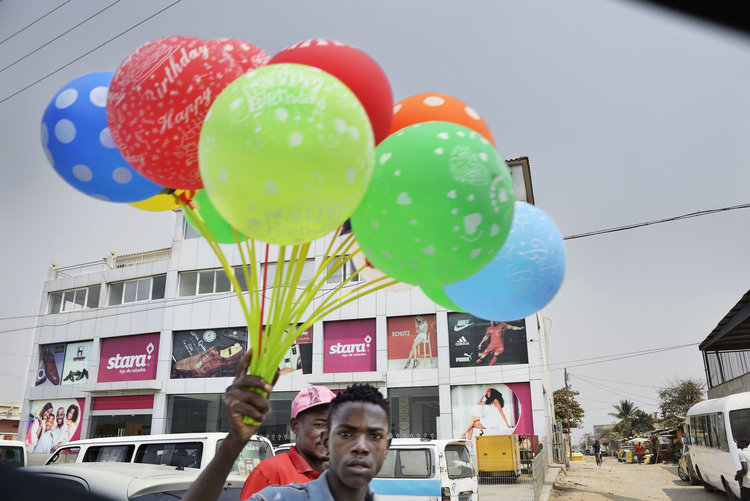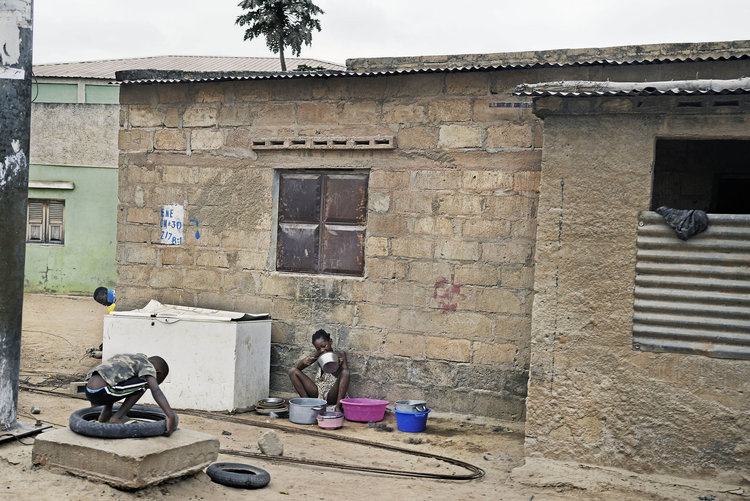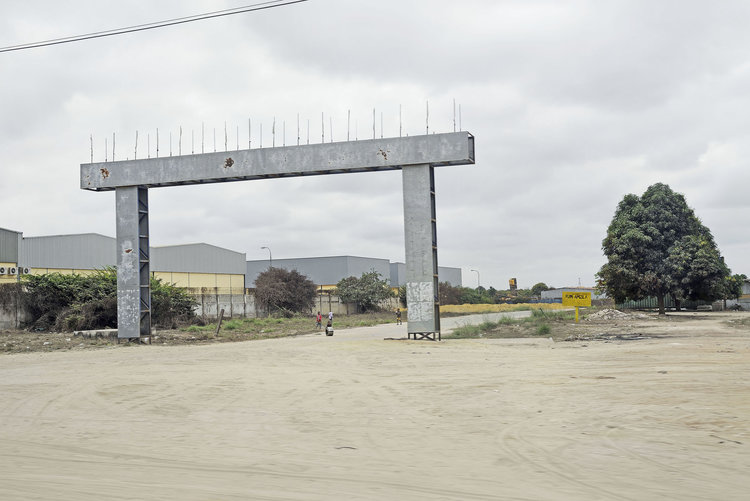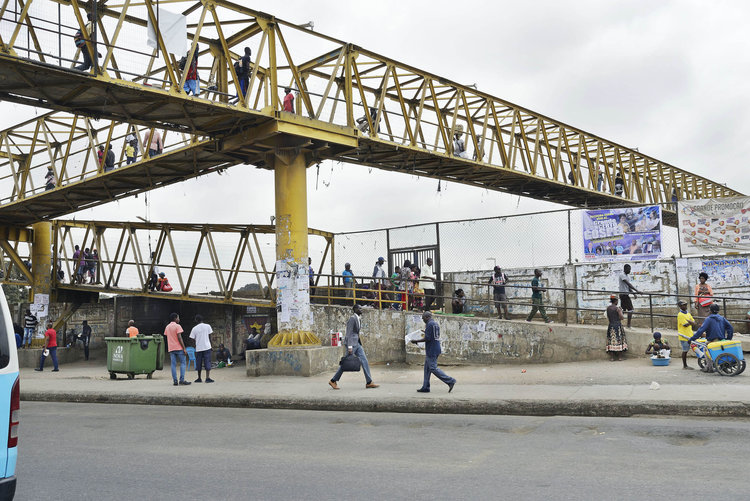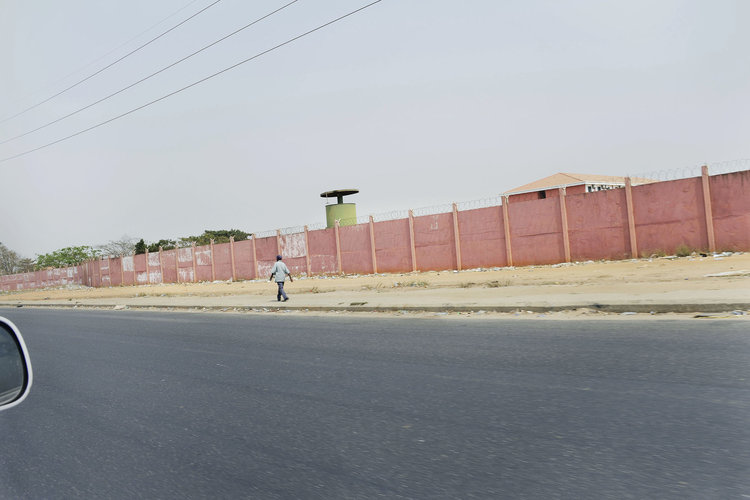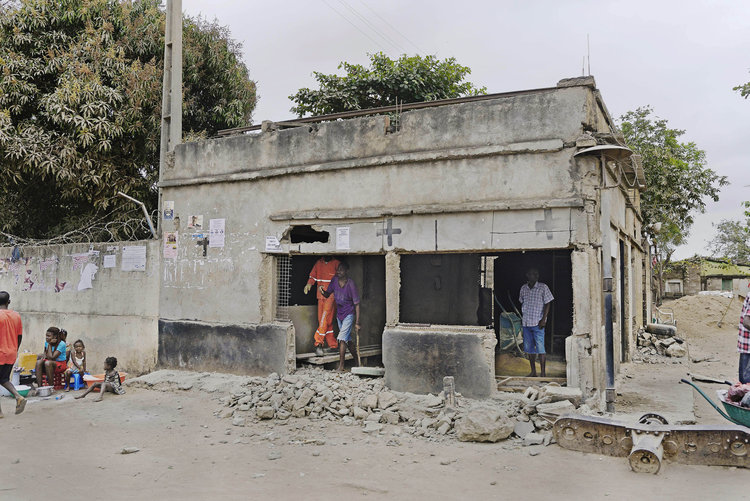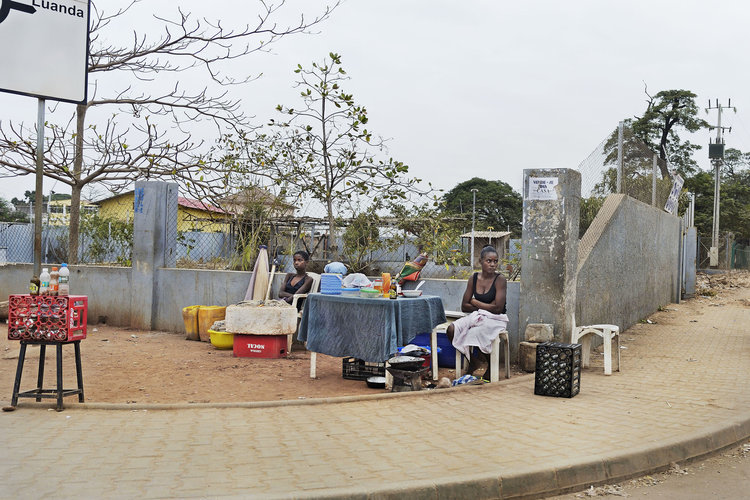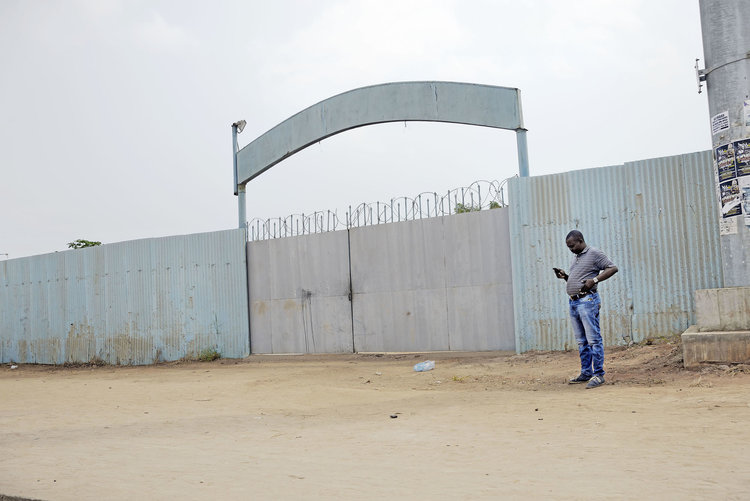ANGOLA - STREET VIEWS
BY GRAEME WILLIAMS
My work is housed in the permanent collections of The Smithsonian (USA) and Duke University (USA), The South African National Gallery and The University of Cape Town.
I have staged solo exhibitions in Johannesburg, New York, London and Paris and have contributed to many combined exhibitions on contemporary South African photography; including the 2011 Figures and Fictions exhibition at the Victoria and Albert Museum and the 2014 Apartheid and After exhibition at Huis Marseille in Amsterdam.
During 2013 I was awarded the POPCAP Prize for Contemporary African Photography as well as the Ernest Cole Book Award.
URL
https://graemewilliams.co.za/
Synopsis
Google Street View has become one of the most utilized sources of visual information and documentation in current day life. A mechanical camera records views of our planet’s streets at random moments in time. The views are snapped as they happen, with no consideration, for instance, of aesthetics or historical significance. Furthermore, the presence or absence of people within the frame is irrelevant. Google Street View provides us with a largely non-subjective document of our global village.
Doug Richard in his 2012 book, A New American Picture, makes a powerful statement about economic disparities and the neglect of certain segments of American society. His careful selection of screen fragments from the constant stream of dispassionate street views, produced a stark view of the social contrasts within his country. Richard’s anti-decisive moments are especially poignant because of the knowledge that the original source of these images (the Google camera), is both mechanical and perfunctory. His brilliant selection, in contrast, is extremely personal and subjective – the combination a creative and powerful comment on image-making and the state of his nation.
Angola, a large country on the south-west coast of Africa, also has vast disparities in wealth, but in contrast to America the majority of the population live in a state of dire poverty. Google has only captured a few streets within the richest waterfront areas of Luanda, the capital city. The sprawling slums remain undocumented. The lack of street view coverage of particular areas of the world highlights the degree to which social and economic disparities occur on a global scale; the Google street view coverage is influenced by the potential number of online users.
This essay, Angola: Street Views explores one of the overlooked corners of the world. Employing the pared-down aesthetic of the automated street camera as well as chance juxtapositions captured in Rickard’s book, these drive-by snapshots provide inescapable facts and insights into the neglected lives of many Angolans. The photographs were taken from a moving vehicle, resulting in accidental associations of people, vehicles and landscapes. The unstructured approach and loose framing results in images that resemble Google street views, however they lack any online functionality. Rather, their bland appearance, devoid of any postcard-type aesthetic, serves to communicate and amplify the social and economic poverty that pervades the city.
Images’ captions:
Angola – Street Views

